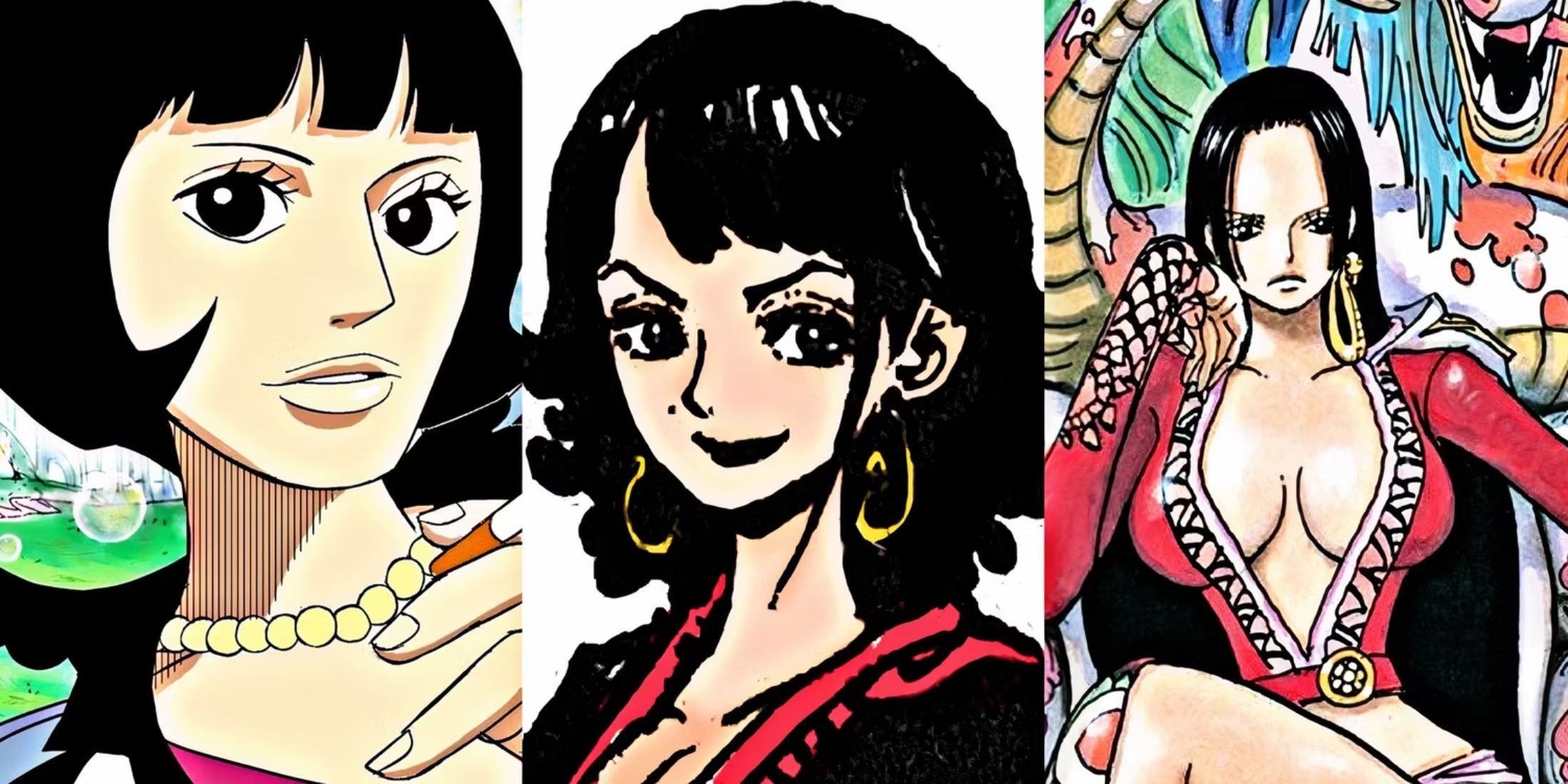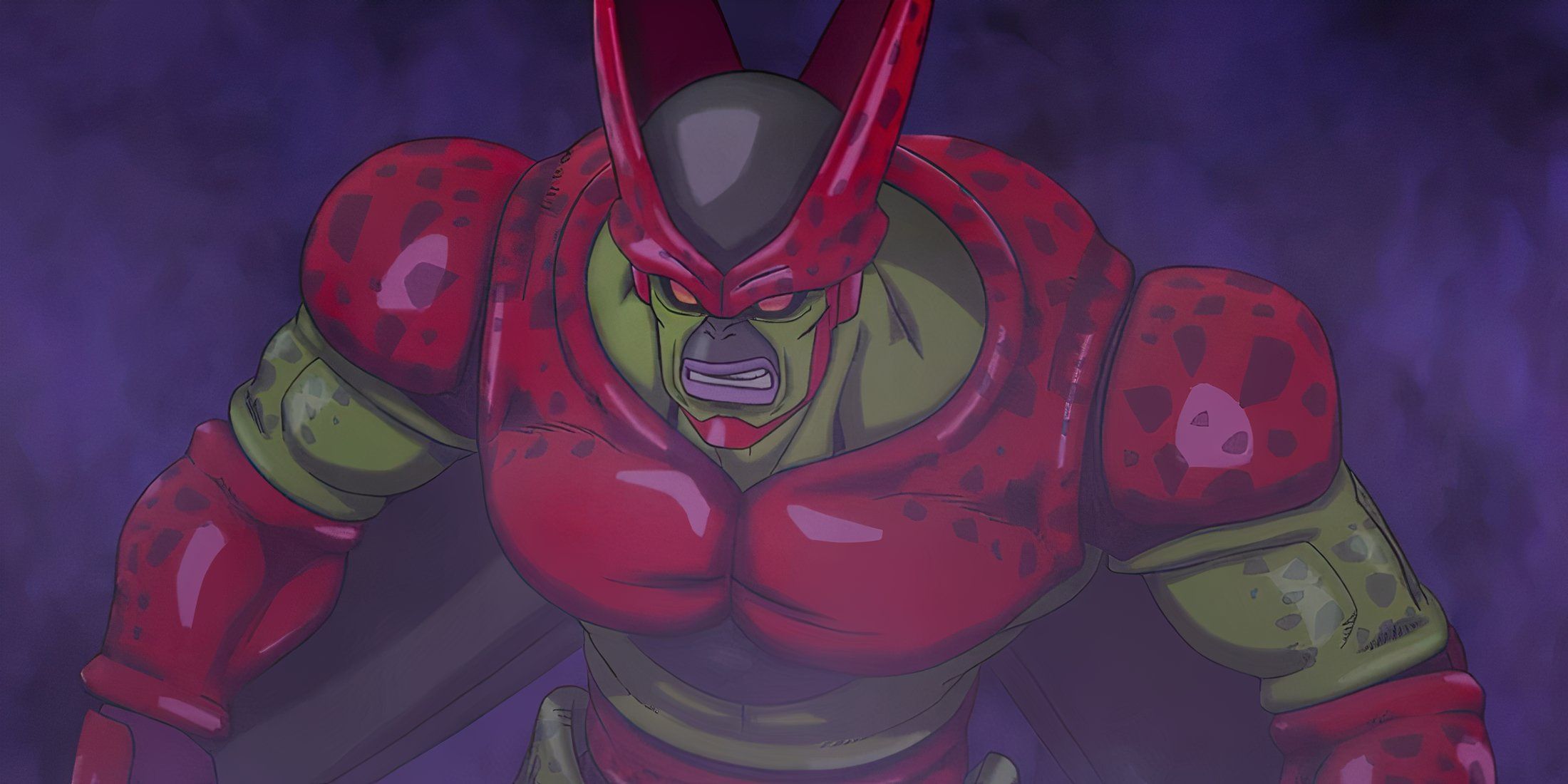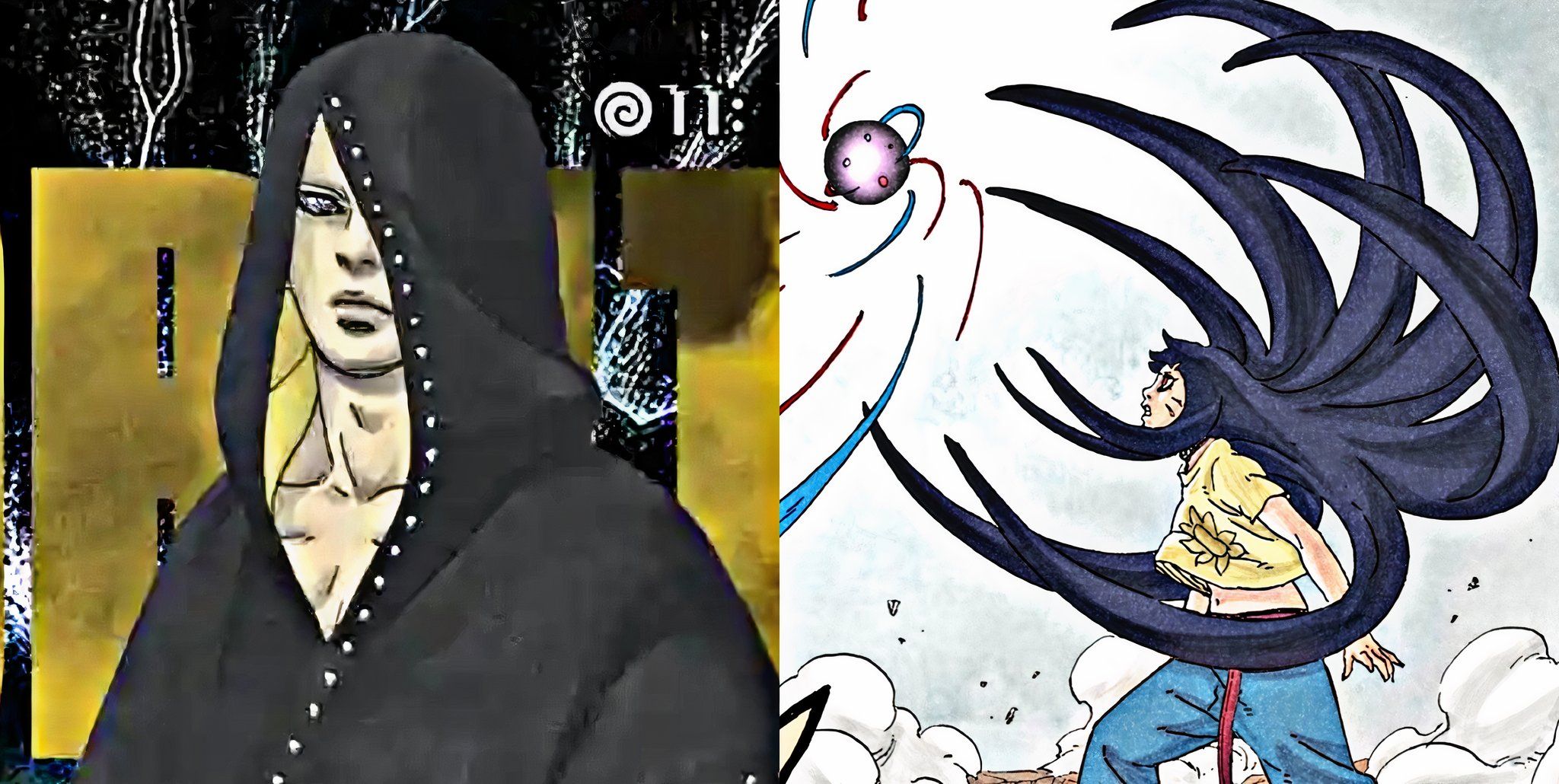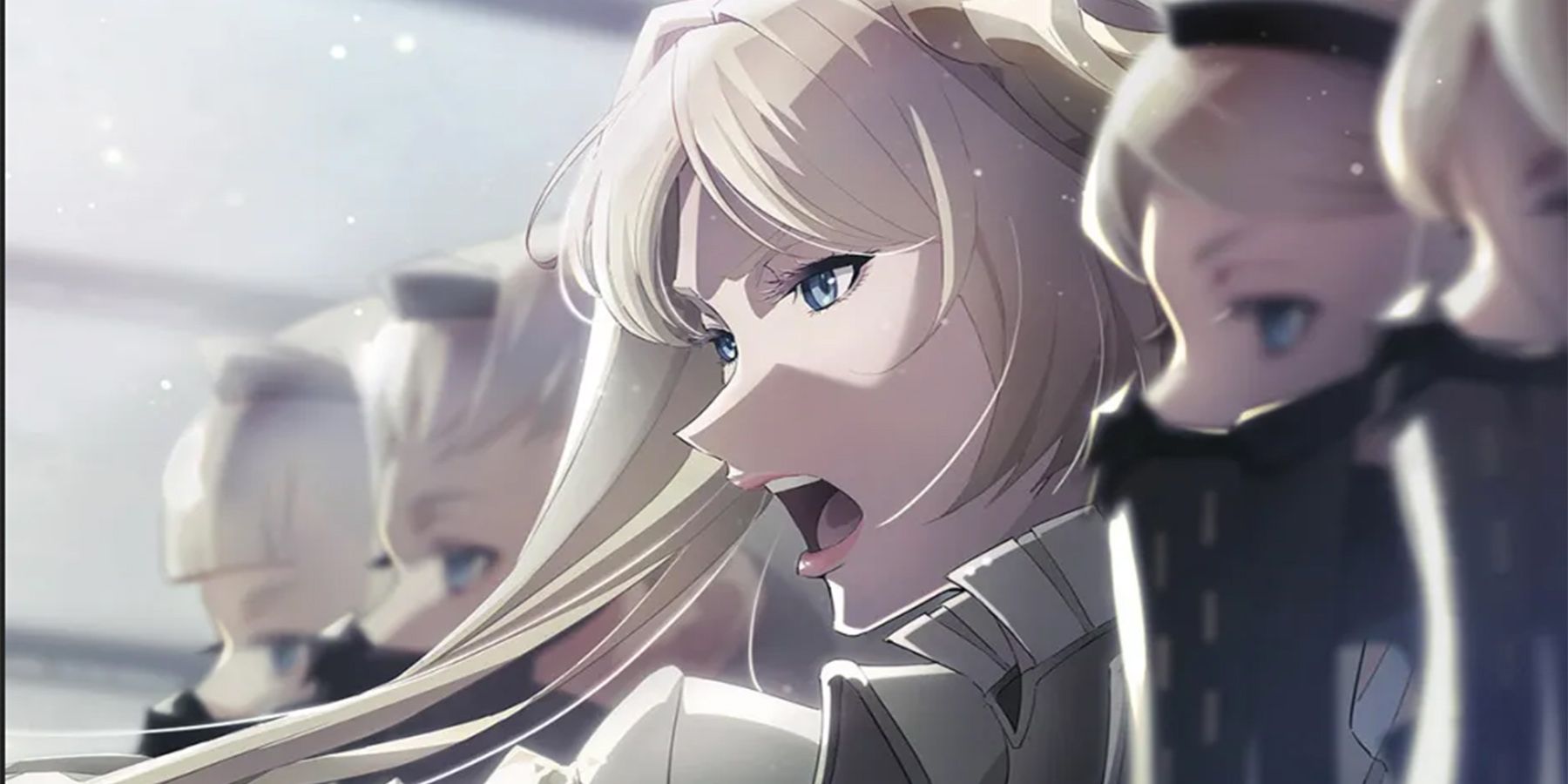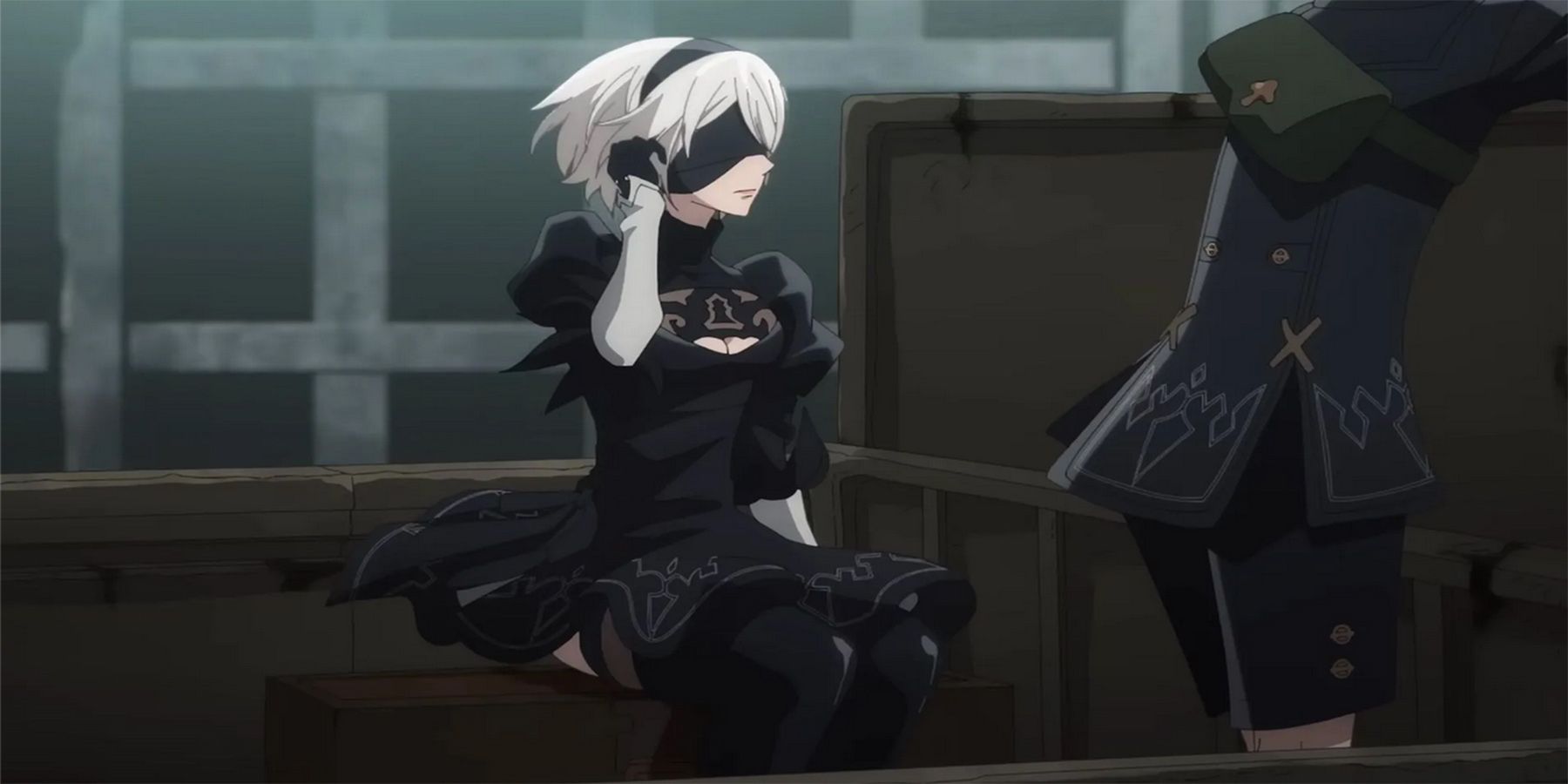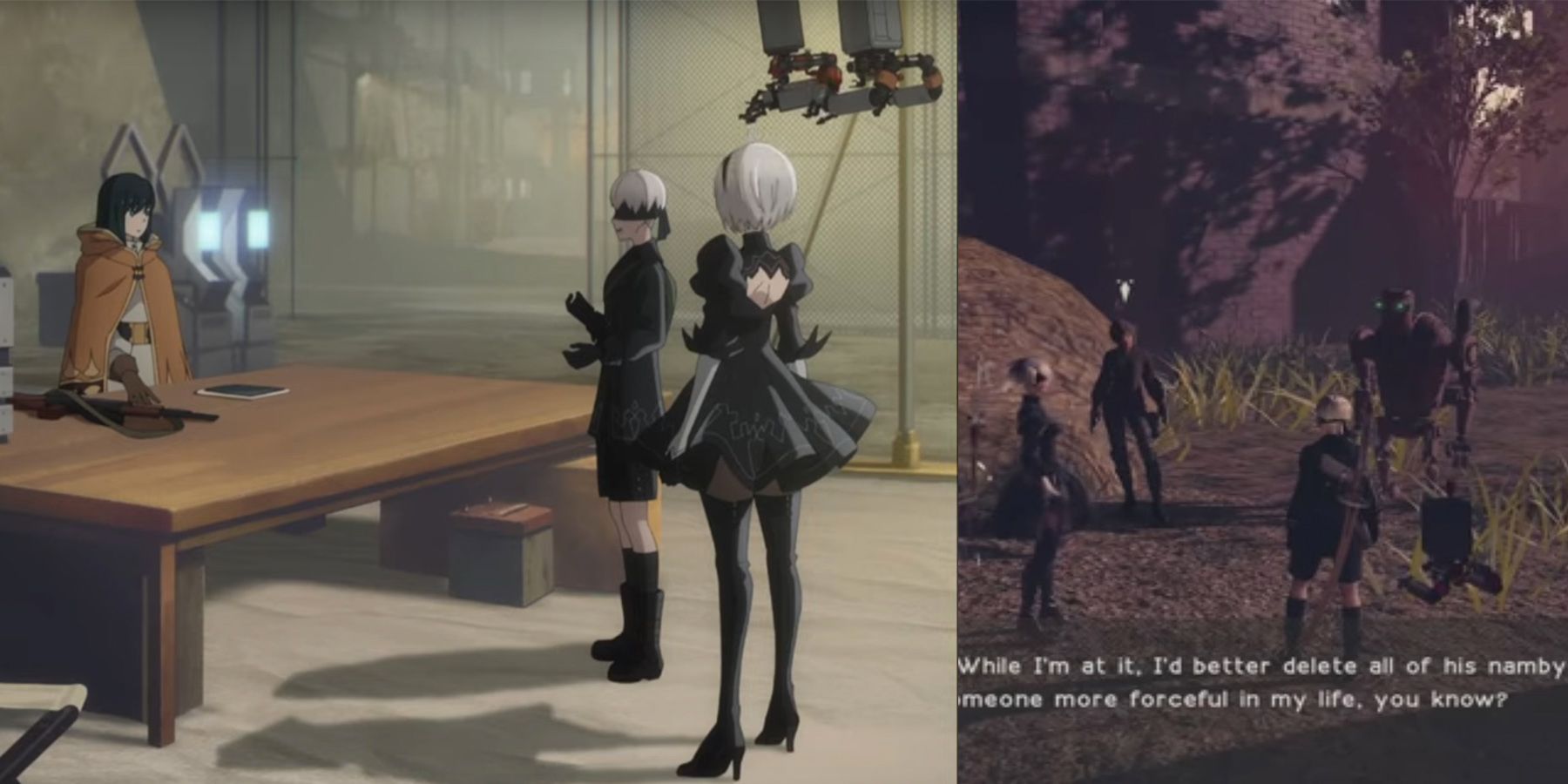Video game adaptations are always a hit or miss, and so companies often take a gamble at what and how they will adapt it. Some are received fairly well, such as the Pokémon series, but others fall to immediate criticism, such as Scarlet Nexus. When NieR Automata Ver1.1a was initially announced, Yoko Taro stated that he wanted the story to take a different turn, and include new content, so that way audiences wouldn't feel like they were watching an animated playthrough.
Come the first two episodes, his words rang true, when the anime began to take its own liberties. But because of the differences, some veteran gamers weren't fond of the changes that were made, as "it wasn't like the game". Well let's take a look as to why making it different was the best decision.
Going By The Book
Yes, having an already existing storyline and content to go off of, is very convenient for scriptwriters and even animators - since they have cutscenes to use as references. If used sparingly, this can be beneficial, but keeping every tiny detail that was in the original game can get redundant.
However, cutting scenes can be just as detrimental. Scarlet Nexus is one of the more infamous examples of this. In order to save time, certain scenes and content from the original game were cut in favor of more action sequences. And plot twists were shown early on instead of letting themselves just simply be built upon. Using what limited time the studios are given for each episode, of course there are going to be edits. But with what's been cut out, has to be replaced somehow, otherwise, it will be an uneven story. And that's the biggest issue that failed video game to anime adaptations have. They try to recreate, not adapt.
Gameplay vs Watching
A large part that contributes to a game's success is how immersive the gameplay is. If it's fun and easy to understand, players will have a better reception towards it. But you can't simply "recreate" gameplay in a medium that's non-interactive - as something will need to take its place instead. Using a comparison from NieR: Automata's adaptation for example; in the original game, the player encounters Jackass during their travels.
A Resistance member, we don't initially see her at the camp until a bit later. In fact, most NPCs are introduced by the player simply walking up to them. In other words, the game goes at the player's pace. Instead, in the anime, 2B and 9S meet Jackass when she approaches Lily with a status report. It's at that time that the latter introduces the YoRHa units, and we get a glimpse of Jackass's eccentric personality. In this way, it feels more natural to the plot, and cues from the game are still be considered here: Jackass is a part of the Resistance, she's a self-proclaimed "scientist", she has a fascination with the YoRHa androids, and she's reckless. The anime adaptation is including the exact same traits that she has in the game, but in a different setting - and in a single scene, nevertheless. It's precisely because of this, that NieR Automata Ver1.1a is easier to watch than most other adaptations.
It's human nature to want to stick to the status quo, and it certainly isn't unreasonable to question the unfamiliar. But as stated previously, in the case of something like a game adaptation, familiar may not translate well into a different medium - and Yoko Taro knows this.

